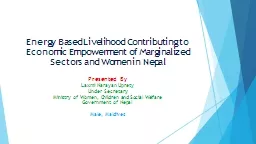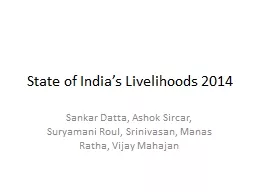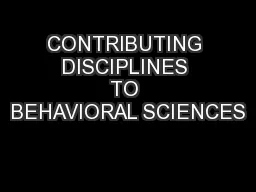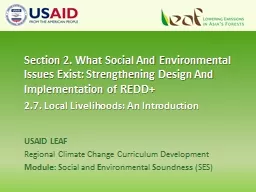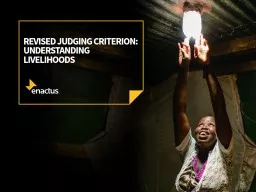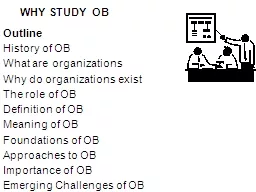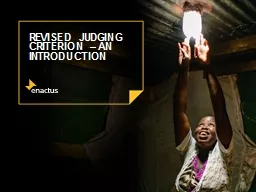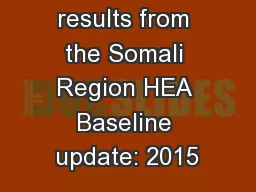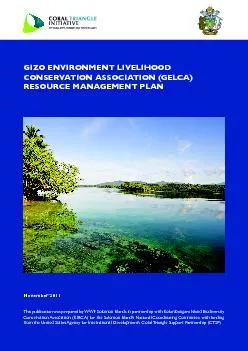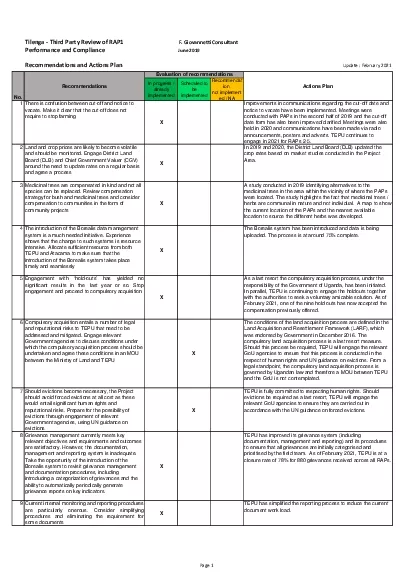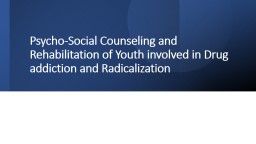PPT-Energy Based Livelihood Contributing to Economic Empowermen
Author : tatiana-dople | Published Date : 2017-09-14
Presented By Laxmi Narayan Uprety Under Secretary Ministry of Women Children and Social Welfare Government of Nepal Male Maldives Outline of Presentation Regional
Presentation Embed Code
Download Presentation
Download Presentation The PPT/PDF document "Energy Based Livelihood Contributing to ..." is the property of its rightful owner. Permission is granted to download and print the materials on this website for personal, non-commercial use only, and to display it on your personal computer provided you do not modify the materials and that you retain all copyright notices contained in the materials. By downloading content from our website, you accept the terms of this agreement.
Energy Based Livelihood Contributing to Economic Empowermen: Transcript
Download Rules Of Document
"Energy Based Livelihood Contributing to Economic Empowermen"The content belongs to its owner. You may download and print it for personal use, without modification, and keep all copyright notices. By downloading, you agree to these terms.
Related Documents

